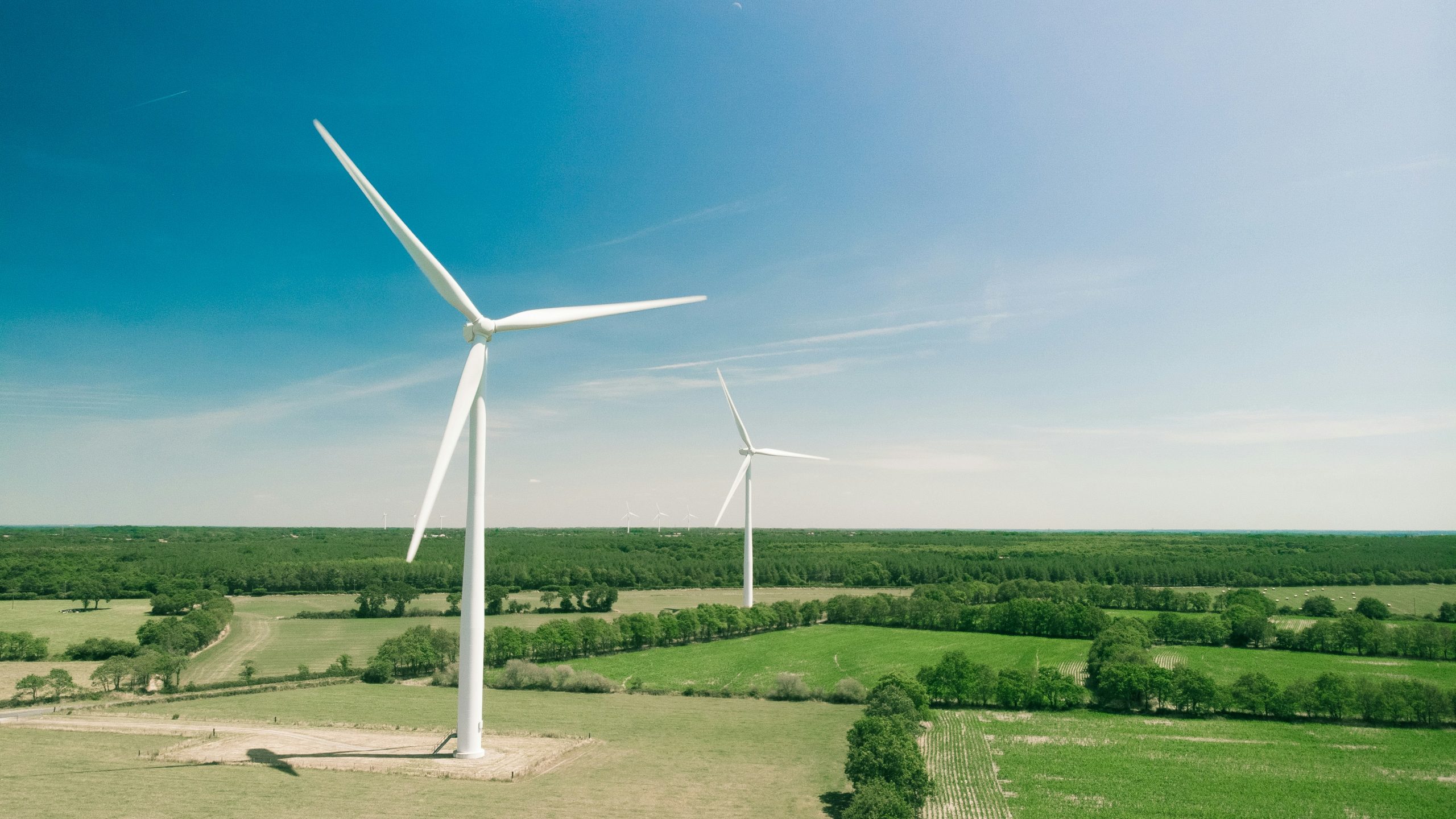First pledged in 2019, the UK government is committed to reaching net zero carbon emissions by 2050. This means that human-produced greenhouse gases will be completely offset against the amount of carbon dioxide absorbed from the atmosphere.
The major reason for CO2 pollution in the UK (and around the globe) is the burning of fossil fuels for energy. This means that renewable energy projects are a big part of the government’s goal to reduce emissions. A record-breaking 95 clean energy projects were awarded government funding in 2023 and will produce enough power to run the equivalent of two million homes.
Furthermore, last October the UK government passed The Energy Act 2023, a landmark legislation aimed at making the nation more energy-independent in the long term. The Act will unlock £100 billion of private investment in sustainable energy infrastructure to help improve the scalability of the industry and speed up growth.
It’s also intended to make eco-friendly energy systems more affordable for UK businesses and homeowners. Currently, the cost of the latest renewable energy heating systems – like air source heat pumps – is putting off eco-minded consumers. A shortage of qualified engineers is also delaying change.
Learn more about the major UK renewable energy projects underway and how these investments will benefit the nation in the short term and years to come.
UK renewable energy initiatives
Wind farms
As an island nation surrounded by sea, the UK is well-placed to make use of wind as a renewable energy source. Building more wind farms is therefore one of the major renewable energy initiatives.
Offshore wind farms such as the Hornsea One project are the primary focus as infrastructure issues and public protests are delaying the development of onshore projects.
Hornsea One, which comprises 174 turbines, generates enough energy to power more than 1 million homes. Its sister, Hornsea Two, surpassed this in 2022 to claim the title world’s largest wind farm.
Biomass stations
Considered renewable as they can be rapidly replaced unlike fossil fuels, biomass fuels are another way that the UK is moving away from traditional energy sources. Biofuels release CO2 when burned, but this amount can be easily offset by new growth which is in line with the net zero target.
The most significant biomass station is in the North East of England. It creates green energy by processing wood waste from American timber mills and is projected to save over one million tonnes of carbon dioxide year on year.
Solar parks
Seeing solar panels atop residential and commercial buildings is increasingly common as people and businesses do their bit to reduce their personal carbon footprint. To provide solar power on a greater scale, the UK is creating solar parks like Cleve Hill in Kent.
Solar parks are considered to be the most nature-friendly way of generating power for the national grid and are therefore classed as Nationally Significant Infrastructure Projects (NSIP) by the government.




